In keeping with the tenets of their faith, none of the Sikh victims retaliated—they showed great forbearance. The documentary covers the circumstances surrounding the killings and beatings. These started within minutes of the 9-11 attacks, with the first Sikh volunteer responding to ground zero, even as the second tower was being hit.
Tragically, these hate crimes were unleashed by ignorance against random citizens perceived as the “Outsider.” The documentary reminds us that after the bombing of Pearl Harbor, people perceived the Japanese as the “Other.” During the Iran hostage crisis, the father of Amardeep Bhalla, an expert in the film, was told to go back to Iran (and this reviewer’s husband was threatened with profanities on the street in Chicago, even though our group contained Caucasians.) In the movie, after the Oklahoma City bombing, “Your people [Sikhs] are going to catch a lot of hell,” was reported as being said.
After 9-11, hundreds were beaten, 19 are estimated to have been killed, and a thousand victimized. A courageous woman, who ran a convenience store, was stabbed several times on her way to work—she survived to tell her story.
A grey-haired, old man, who was severely beaten as he rested on a mattress, refused to sue his assailants for damages. I even found in the list of the murdered a Syrian Christian, (a member of my own ethnic community—whose Christian ancestors fled from Roman persecution and came to India in the first century A.D.)
Her quest was to tell a second tragic story. “Americans,” she writes, “were being beaten up … Americans who looked like me or my dad or my grandfather. Threatened, chased, stabbed.”
In the company of her cousin Sonny (turbaned), and armed with some maps, a camera, a car, and a London Fog raincoat (that her mother suggested she should wear to look older, to look the part of a journalist), she started out on her trip from Ground Zero, in the wake of the attack that had killed 2,976 innocent people.
At Ground Zero, Valarie and Sonny interviewed Amrik Chawla, the first Sikh to be targeted; Dr. Navinderdeep Nijher, a medical responder, minutes after the second tower was hit; and Attar Singh, “the first to be severely beaten.”
Balbir Sodhi, the first man murdered, was well known and liked. He was murdered outside his gas station in Mesa, Pheonix. The whole town mourned his death: Flowers and candles and signs appeared in tribute. People came together. A memorial was set up next to the Chevron sign. Less than an hour before his death, he had gone to Costco to donate $74.00 to a fund for the New York victims.
Harjinder Sodhi, the widow of the slain man, who came from India for her husband’s funeral, fainted when the assassin, Frank Roque, received the death penalty. His sentence was later reduced to life imprisonment.
At the end of the documentary, Harjinder weeps every time her husband is mentioned. There is no bitterness about America in Harjinder. Valarie understands that in the widow’s memory is the “heart of America.” For Valarie too, the “heart of America was where people gathered … The memorial to Balbir grew quickly. One human being’s story brought an entire city together.”
This film is very moving, even to people like me who tend to be dry-eyed when watching, no matter how tragic a film.
After seeing the documentary, I called people who habitually read newspapers and journals, to ask them if they knew about the hate crimes against Indians. They were surprised; they had no notion of the backlash.
This film should be seen by everyone. Who are the Sikhs? Why do they wear turbans? The people who were attacking them had no idea that Sikhs were from the Punjab, India. One of the persons interviewed thought a Sikh was a Sheik, he pronounced the word as: Sick!
I myself had read newspaper stories about hate crimes against brown skinned persons, but there was so much evil happening in the world at large, that I did not feel the irony of this second human tragedy in the wake of the first—the bombing of the twin towers.
Kaur’s narrative proceeds in a voice that is clear—its trajectory follows the stories of the victims. It is most fortunate that she has teamed up with director Sharat Raju. In 2005, they reshot the film. Together they have inspired an outstanding ensemble.
Readers of this paper may remember my earlier review of a narrative short feature by director Sharat Raju about the film he made when he graduated from the American Film Institute: “America Made,” the story of a Sikh family stranded in a desert in Arizona, which won national and international awards.
Divided We Fall has been aired by NPR, BBC, CNN, and Religion News Service; it was released on home video/DVD in December 2008 and is available through the film’s Web site, Amazon.com, and, soon, Netflix. If you go to the websites for Divided We Fall, or to America Made, you will learn more about Valarie Kaur and Sharat Raju.
About Sikhs
Divided We Fall was particularly affecting, because the victims and the film makers believed in American justice and fair play.
The persons who were beaten up or murdered in the wake 9/11 were patriots and law- abiding citizens; they were Americans whose only crime was that they were brown- skinned.
Many were Sikhs whose religion requires them to wear turbans; they were instantly misidentified as Arab terrorists by law enforcement and cable networks.
Our educational system may be blamed for the lack of knowledge about Sikhism. There are 23 million Sikhs world-wide, and half a million live in the U.S. Sikhism was founded in the late 16th century.
Nobel Prize winner Pearl S. Buck (author of The Good Earth) said about the Sikh religion: “I have studied the scriptures of the great religions, but I did not find anywhere else the same power or appeal. … They speak to the human heart and the searching mind.”
The word Sikh is derived from the Sanskrit word, “Sisya” meaning disciple. A Sikh is a devotee of Visnu. Devotion to the god Vsnu, started in South India, in Tamil country in the 11th century and spread up North across India. Sikhism’s roots are Indian. In my experience, many Punjabi families offer their eldest son to become a Sikh devotee.
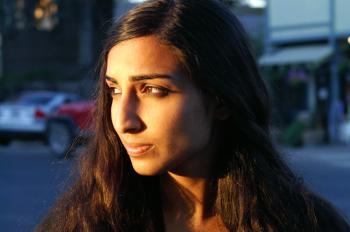
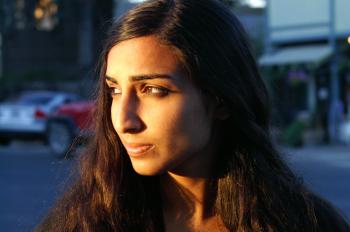
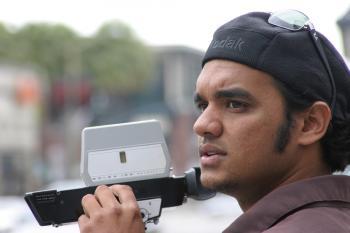
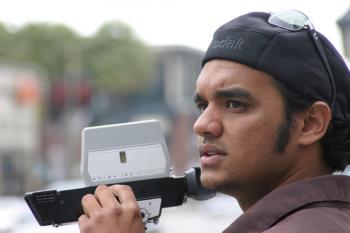

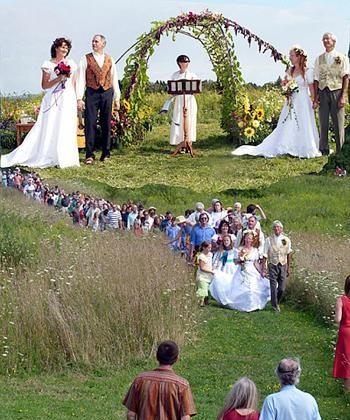
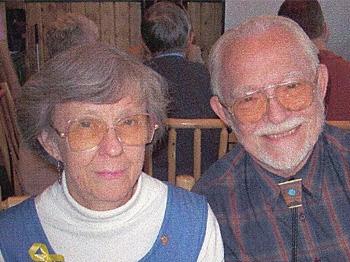
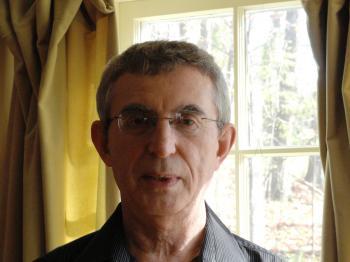
Friends Read Free